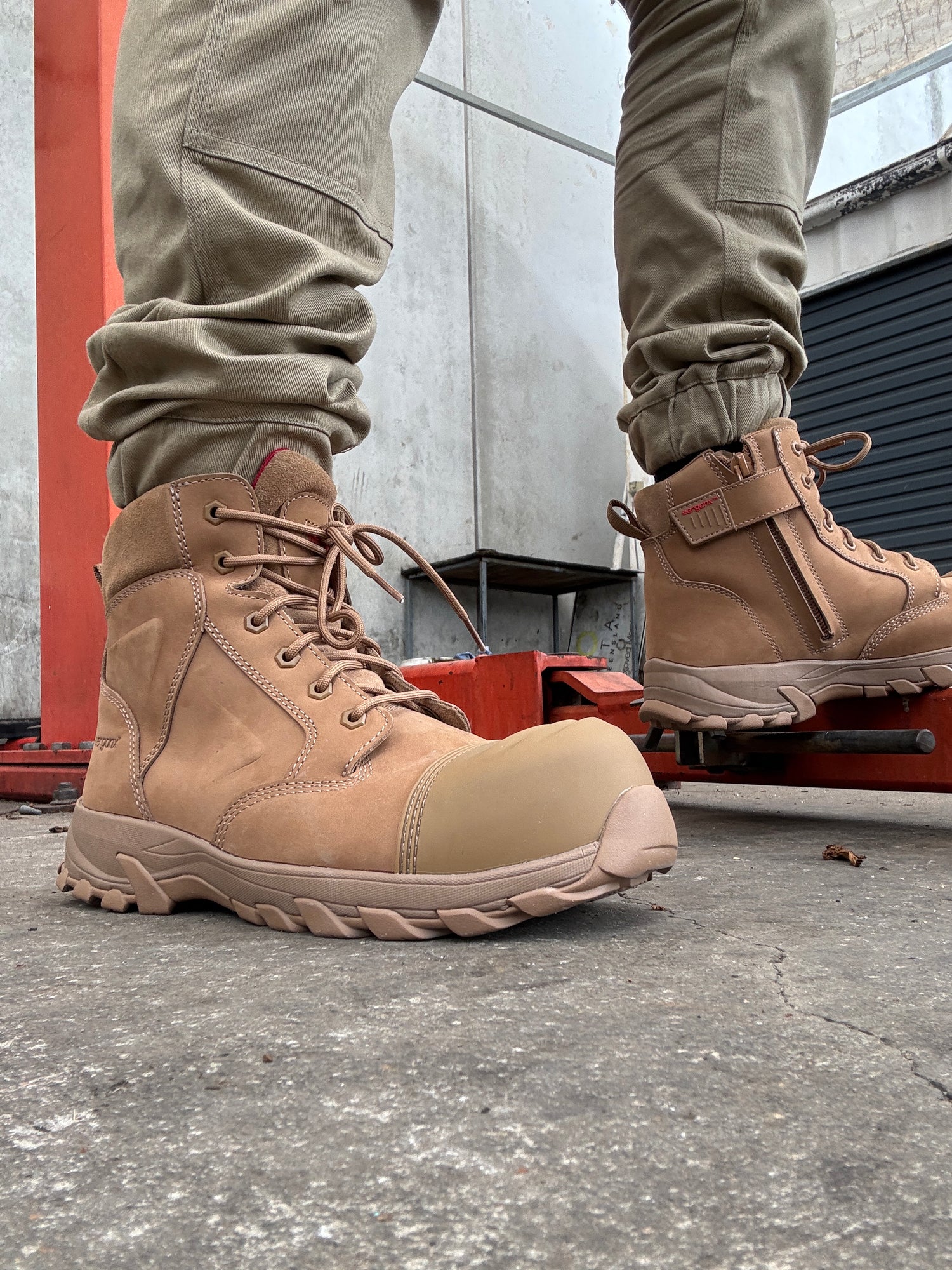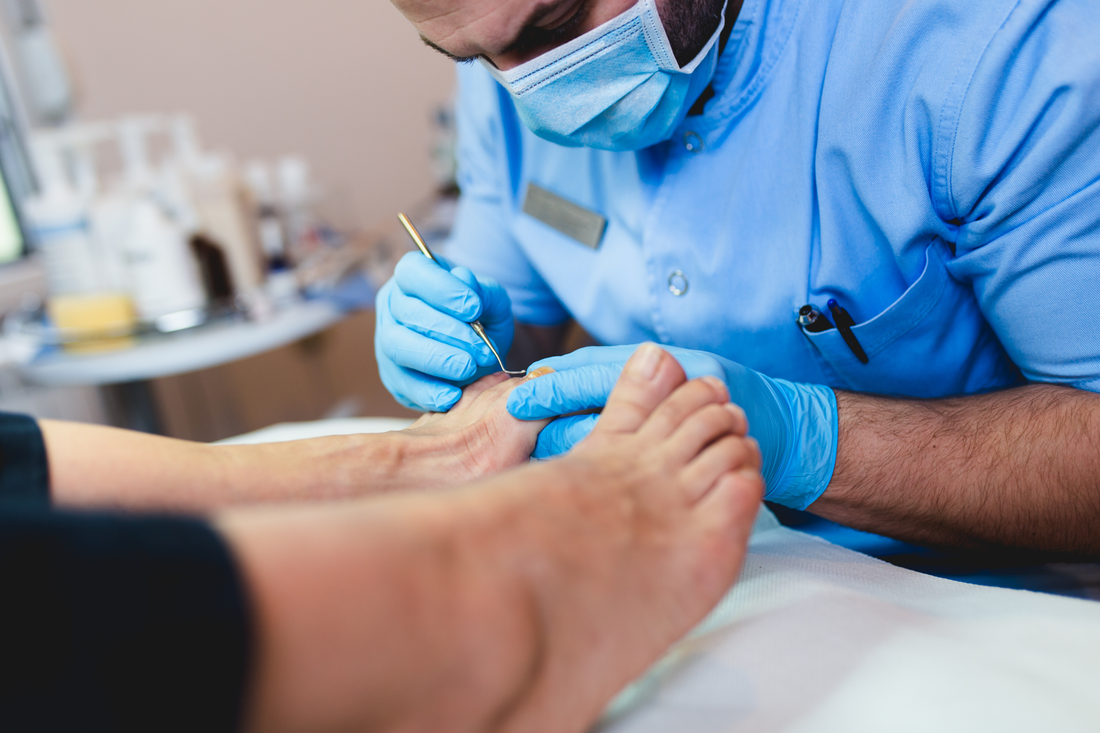HOME / FOOT HEALTH BLOG / DIFFERENCE BETWEEN WARTS AND CORNS
When it comes to foot ailments, distinguishing between a wart and a corn can be challenging, even for experienced practitioners. Both are skin growths, and warts and corns may appear similar on the foot, but there are key differences that podiatrists look for to make an accurate diagnosis.
In this article, we delve into the characteristics of corns and warts, their causes, and how they are clinically presented. Understanding these distinctions can help guide appropriate treatment and management.

Warts: The Viral Invaders
Plantar warts are caused by viral infections and typically have a cauliflower-like appearance with a white, spongy texture. To differentiate a wart from a corn, podiatrists often remove a thin layer of callus (skin) from the top. If the underlying lesion appears fleshy and white, it is likely a wart. Additionally, cutting a wart may result in bleeding characterized by tiny pinpricks, resembling spots of blood. These visual cues aid in confirming wart diagnoses.
Human papillomavirus (HPV) is the virus responsible for warts. They produce an excessive amount of keratin (a protein) on the skin that leads to a full wart. HPV is a contagious virus that can be spread via skin-to-skin contact.

Corns: Pressure Points
In contrast to warts, corns are formed due to direct pressure and friction on the skin. They commonly develop on bony prominences, such as at the side of the toes or the ball of the foot, where skin becomes pinched between the bones and the ground. Too much pressure leads to the thickening and hardening of the skin in the affected area. Corns can manifest as a callus cap that protrudes from the skin's surface.
While this roughened area may cause discomfort, it is the core of the corn, which penetrates into the foot, that typically induces pain. Corns can vary in size and shape, ranging from an ice cream cone shape to moon-shaped or even dome-shaped. Treatment will depend on the corn's specific characteristics.

One of the most common causes of corns is wearing ill fitting shoes. Tight shoes and high heels can also excessively squeeze the foot and rub against the skin causing shearing, friction, and localized pressure.
Treatment approaches to a corn or a wart
Once a podiatrist determines whether a patient has a corn or a plantar wart, the treatment plan can be tailored accordingly. Corns are managed by debriding the thickened skin and subsequently removing the core of the corn. In cases where the core is sharp or pointed, it is necessary to carefully cut it out. Conversely, when the corn has a dome shape or blunt core, shaving it off suffices, although it may not come out as a single piece.
Warts, on the other hand, require a different treatment strategy. Choosing the wrong treatment can exacerbate your condition, so it is crucial to ensure the initial diagnosis was made correctly. Unlike corns, wart tissue can be more challenging to eliminate. Podiatrists typically employ acid-based treatments (e.g. salicylic acid), freezing techniques, or minor surgery (cutting and stitching) to remove warts. These interventions aim to eradicate the viral infection and stimulate the body's immune system. Due to the persistence of the underlying viral cause, warts often require more comprehensive and prolonged treatment regimens.

Conclusion
Differentiating between warts and corns is crucial for arriving at the correct diagnosis and deciding on the appropriate treatment. While warts are viral in nature, corns result from direct and localised pressure on the skin's surface. Podiatrists employ different treatment approaches that aim to alleviate discomfort, preserve normal skin lines, and remove dead skin. By seeking professional care and following management regimens, individuals can find relief from the pain and inconvenience caused by warts and corns.
Comment below with any questions you may have about warts, corns, or other skin growths. You can also reach out to us at ergonx.com/au!


